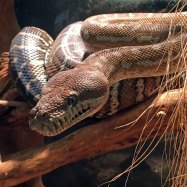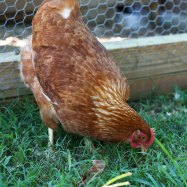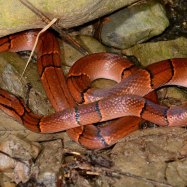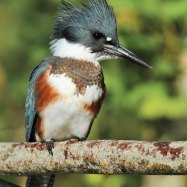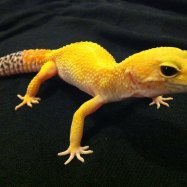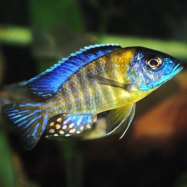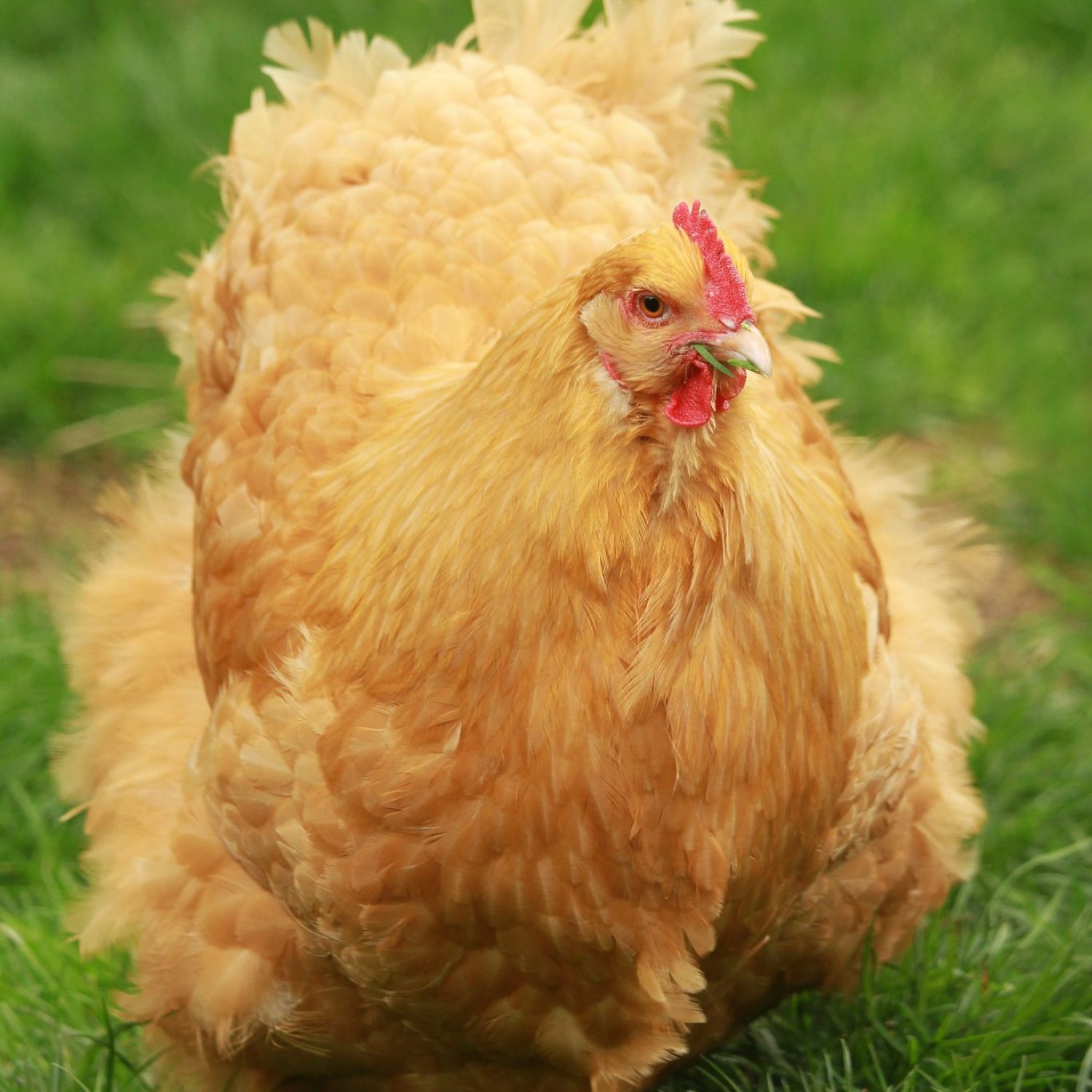
Buff Orpington Chicken
53-65cm (21-26in)
Get to Know the Beautiful Buff Orpington Chicken: These friendly birds can be found on poultry farms and in backyards, standing at a medium height of 53-65cm with a broad, rounded body. Belonging to the Phasianidae family, the Buff Orpington is a popular breed known for its docile nature and stunning golden buff feathers. Keep these gentle giants as pets or for their delicious eggs!
Animal Details Summary:
Common Name: Buff Orpington Chicken
Kingdom: Animalia
Habitat: Farmland, gardens
The Gentle Giant of the Farm: The Buff Orpington Chicken
When you think of chickens, what comes to mind? Perhaps the image of a small, flighty bird pecking around in a barnyard? Well, let me introduce you to the Buff Orpington Chicken – a breed that shatters all these stereotypes and stands out with its unique characteristics and gentle demeanor. From its impressive size to its warm coloration and friendly personality, the Buff Orpington Chicken is a beloved breed that has captured the hearts of chicken enthusiasts around the world. In this article, we will delve into the fascinating world of this feathered giant, explore its origins, physical features, and behavior, and discover why it's a must-have for any poultry farm or backyard.The Basics: Scientific Classification and Habitat
Let's start with the basics – the scientific classification of the Buff Orpington Chicken Buff Orpington Chicken. Its scientific name is Gallus gallus domesticus, and it belongs to the kingdom Animalia, phylum Chordata, class Aves, order Galliformes, and family Phasianidae. Its closest relatives are other domesticated chickens, such as Leghorns and Rhode Island Reds. The Buff Orpington Chicken is a domesticated breed, meaning it has evolved from wild species through selective breeding for desirable traits.In the wild, chickens are sub-tropical birds native to South Asia. However, thanks to centuries of domestication, chickens now have a global distribution, with various breeds adapted to different climate conditions. The Buff Orpington Chicken, in particular, thrives in farmlands and gardens, making it a popular choice for poultry farmers and backyard chicken keepers worldwide.
Appearance: Beautiful Buff Color and Medium-Sized Body Shape
Now let's get to the fun part – discussing the physical features of the Buff Orpington Chicken. One look at this breed, and you can see why it is a favorite among chicken enthusiasts. The most striking feature of the Buff Orpington Chicken is its coloration – a beautiful, golden-buff color that gives it its name Border Collie. This color is unique to the breed and varies in intensity, with some individuals being a lighter shade of buff than others. The Buff Orpington Chicken also has striking black tail feathers and a white undercoat, adding to its overall charm.Apart from its stunning color, the Buff Orpington Chicken also stands out with its body shape. It falls under the category of medium-sized chickens, with a rounded and broad physique. On average, it measures 53-65cm (21-26in) in length, making it one of the larger chicken breeds. Its broad body, short legs, and fluffy feathers give it a plump and docile appearance. Despite its size, however, the Buff Orpington Chicken is known for its gentle nature and is often referred to as the "lap chicken" due to its willingness to be petted and held.
Origins and Distribution: A Beloved Breed from England
As the name suggests, the Buff Orpington Chicken has its origins in England, specifically in the town of Orpington in Kent. It was developed in the late 1800s by William Cook, a famous poultry breeder, who combined different breeds like the Cochins, Langshans, and Minorcas to create this unique chicken. Cook aimed to create a chicken breed that was both practical and beautiful – one that laid plenty of eggs and was also visually appealing. And the Buff Orpington Chicken met these criteria perfectly, quickly gaining popularity among farmers and backyard chicken keepers.Since its creation, the Buff Orpington Chicken has spread to various parts of the world, including the United States, Canada, Australia, and Europe. It is a popular breed for its dual-purpose capabilities, being a prolific egg layer and also yielding delicious meat. Its warm, friendly temperament has also made it a favorite for families wanting a pet chicken or a show bird.
Diet: Omnivorous Feeders with Varied Palates
Like all chickens, the Buff Orpington Chicken is omnivorous, meaning it consumes both plants and animals. In the wild, chickens feed on seeds, grains, insects, worms, and other small creatures. However, domesticated chickens, including the Buff Orpington, are fed commercial chicken feed, which is a balanced mix of nutrients to support their growth and health. This feed typically includes grains, proteins, vitamins, and minerals.In addition to the commercial feed, Buff Orpington Chickens also enjoy foraging and finding insects, seeds, and plants on their own in a backyard setting. This is due to their natural instinct to scratch and peck at the ground, a behavior that is encouraged and appreciated by many backyard chicken keepers. In this way, the Buff Orpington Chicken can supplement its diet with fresh and natural food, resulting in healthier and happier birds.
Behavior: Docile, Friendly, and Fiercely Protective
One of the most endearing qualities of the Buff Orpington Chicken is its gentle and friendly nature. It is a docile and calm breed, making it suitable for novice chicken keepers or families with children. The Buff Orpington Chicken is known to be quite sociable, forming friendships with both humans and other chickens. It loves attention and is often seen following its owners around the yard, hoping for some pets and treats.However, do not be fooled by its gentle demeanor – the Buff Orpington Chicken is also a fiercely protective bird. This breed makes excellent mothers, and hens will fiercely defend their young against any perceived threats. They are also known to be vocal, making a low, quiet cooing sound when content, and a loud clucking noise when alarmed or wanting to warn others of danger.
Threat Status: Safe and Thriving
With its global distribution and dedicated breeding efforts, the Buff Orpington Chicken is in no danger of becoming extinct. It is a popular and thriving breed, and its gentle nature and valuable contributions to the poultry industry make it highly sought after. However, like all domesticated animals, the Buff Orpington Chicken requires proper care and management to ensure its continued well-being and success.Conclusion: The Perfect Addition to Any Poultry Farm or Backyard
In summary, the Buff Orpington Chicken is a fascinating breed with a rich history, striking physical features, and a pleasant personality. Its golden-buff color, medium-sized body, and gentle nature make it stand out in a sea of chickens and a joy to have in any farm or backyard. Whether you're a seasoned poultry farmer or a novice chicken keeper, the Buff Orpington Chicken is a must-have for its versatility, charm, and valuable contributions to the world of chickens. So, if you're considering adding a new feathered friend to your flock, look no further than the gentle giant of the farm – the Buff Orpington Chicken.

Buff Orpington Chicken
Animal Details Buff Orpington Chicken - Scientific Name: Gallus gallus domesticus
- Category: Animals B
- Scientific Name: Gallus gallus domesticus
- Common Name: Buff Orpington Chicken
- Kingdom: Animalia
- Phylum: Chordata
- Class: Aves
- Order: Galliformes
- Family: Phasianidae
- Habitat: Farmland, gardens
- Feeding Method: Omnivorous
- Geographical Distribution: Worldwide
- Country of Origin: England
- Location: Poultry farms, backyard
- Animal Coloration: Buff
- Body Shape: Medium-sized, rounded and broad
- Length: 53-65cm (21-26in)
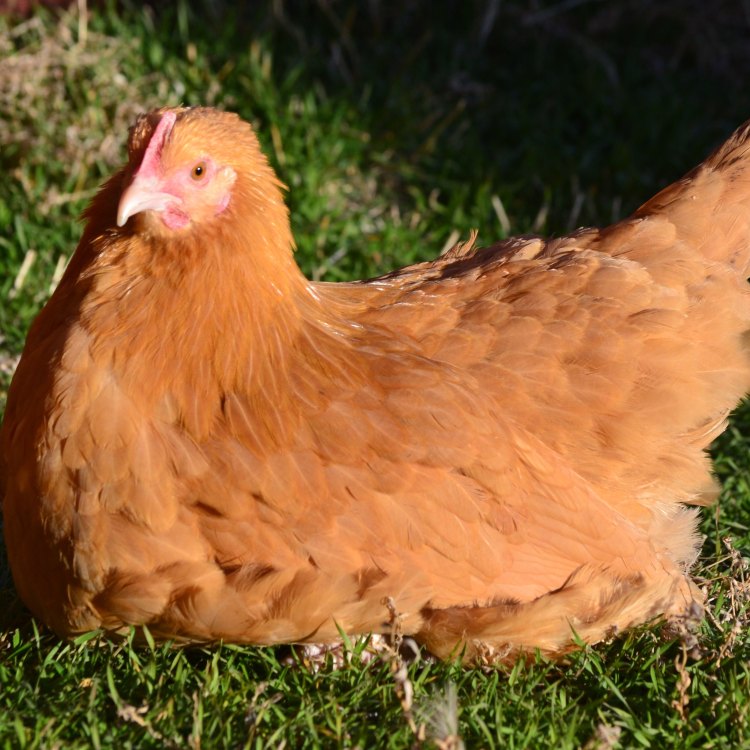
Buff Orpington Chicken
- Adult Size: 5-8 pounds
- Average Lifespan: 6-8 years
- Reproduction: Sexual
- Reproductive Behavior: Polygynous
- Sound or Call: Clucks, crows, and squawks
- Migration Pattern: Non-migratory
- Social Groups: Flocks
- Behavior: Docile, friendly
- Threats: Predators (foxes, dogs, raccoons, etc.), harsh weather conditions
- Conservation Status: Not listed
- Impact on Ecosystem: Help with pest control, produce eggs and meat
- Human Use: Eggs, meat, show birds, pets
- Distinctive Features: Feathered legs, fluffy appearance
- Interesting Facts: Buff Orpington Chickens are known for their calm and friendly nature, making them popular as backyard chickens and pets.
- Predator: Foxes, dogs, raccoons, etc.
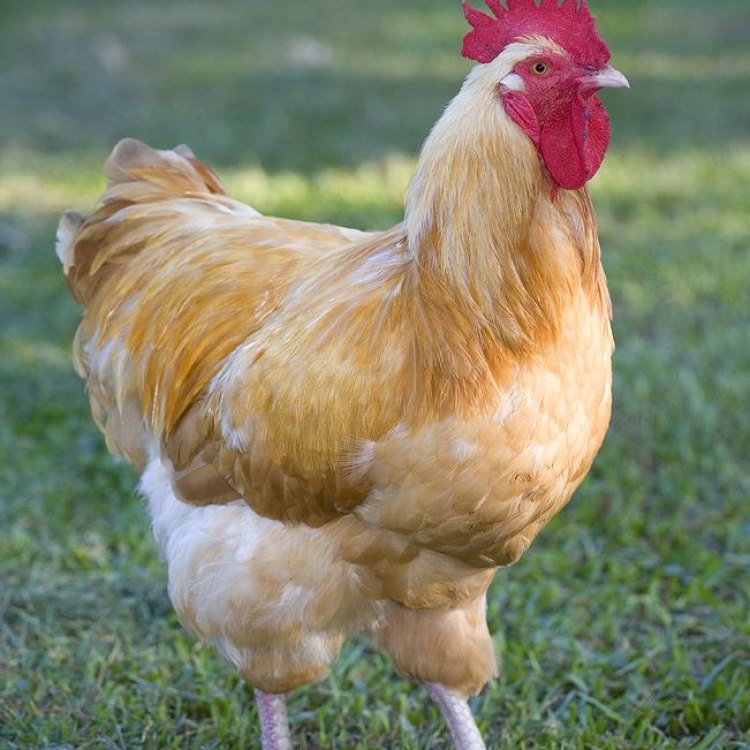
Gallus gallus domesticus
The Beautiful and Benevolent Buff Orpington Chicken
In today's fast-paced world, it can be easy to become disconnected from nature. We rush from one task to another, barely taking the time to appreciate the beauty and diversity of the natural world around us. But for those who have discovered the joys of keeping chickens, there is a special breed that stands out not only for its unique appearance but also for its gentle and friendly nature – the Buff Orpington Chicken.The Buff Orpington Chicken, also known simply as the Orpington, is a breed that originated in the Orpington village in Kent, England in the late 19th century PeaceOfAnimals.Com. It was developed by William Cook, a famous English chicken breeder who wanted to create a breed that was both beautiful and practical.
Adult Buff Orpington Chickens usually weigh between 5-8 pounds and have an average lifespan of 6-8 years. They are sexually reproductive and exhibit polygynous behavior, with one rooster mating with multiple hens.
But what sets the Buff Orpington Chicken apart from other chicken breeds is its distinctive feathered legs and fluffy appearance. These chickens have a large, round body covered in soft and dense feathers, giving them a plush toy-like appearance. Their feathers come in various color patterns, such as buff, white, black, or blue, but the buff color is the most common and gives the breed its name.
These sociable birds have a distinct sound or call, with hens making clucking noises and roosters crowing and squawking. They are non-migratory birds and typically live in flocks, making them highly social creatures.
One of the most remarkable characteristics of Buff Orpington Chickens is their docile and friendly nature Bronze Winged Jacana. They are known for their calm and gentle temperament, making them an ideal breed for families and first-time chicken owners. They are also great with children and enjoy being handled, making them popular as show birds and pets.
But like any animal, Buff Orpington Chickens also face threats in their environment. They are preyed upon by animals such as foxes, dogs, and raccoons, making it essential for owners to provide proper protection for their flock. Additionally, harsh weather conditions, such as extreme heat or cold, can also be detrimental to the health of these birds.
Although they are not currently listed as a threatened species, their population could still be impacted by predators and harsh weather. Therefore, it is crucial for owners to be aware of these threats and take necessary precautions to ensure the safety and well-being of their chickens.
Despite the potential threats they may face, Buff Orpington Chickens play a vital role in their ecosystem. As natural foragers, they help control pests and insects in their surroundings, making them a valuable asset for organic farmers and gardeners. Their droppings also make excellent fertilizer for crops and gardens.
Humans also benefit greatly from these friendly birds. The Buff Orpington Chicken is a favorite breed for egg and meat production, with hens laying about 200-280 medium to large-sized eggs per year. Their eggs have a rich and flavorful yolk, making them popular among chefs and food enthusiasts.
In addition to their practical uses, Buff Orpington Chickens are also beloved for their beauty and often used in poultry shows and exhibitions. Their unique feathered legs and fluffy appearance make them stand out among other breeds, earning them numerous awards and accolades in the poultry community.
But above all, Buff Orpington Chickens are cherished and adored as beloved pets. Their gentle and friendly nature, coupled with their striking appearance, makes them a joy to have in any backyard or farm. They are also highly trainable and can learn simple tricks, making them entertaining companions.
In conclusion, the Buff Orpington Chicken is a breed that not only has distinctive physical features but also possesses a kind and compassionate nature. They play a crucial role in their ecosystem, providing pest control and food for humans. They are also prized for their eggs, meat, and beauty, making them a valuable asset for any farm or household. But perhaps, most importantly, they remind us of our connection to the natural world and the importance of appreciating and respecting all creatures, big and small.
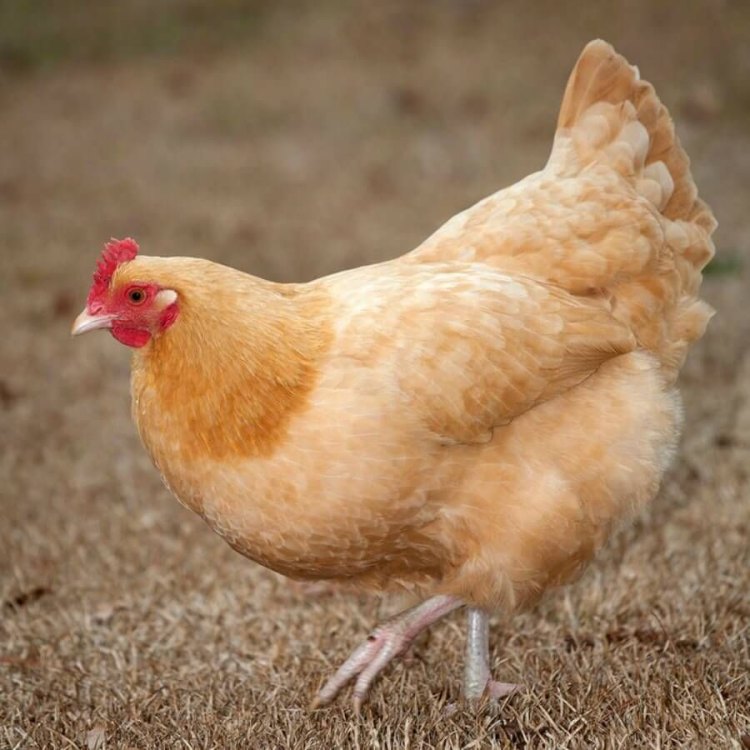
The Gentle Giant of the Farm: The Buff Orpington Chicken
Disclaimer: The content provided is for informational purposes only. We cannot guarantee the accuracy of the information on this page 100%. All information provided here may change without prior notice.


